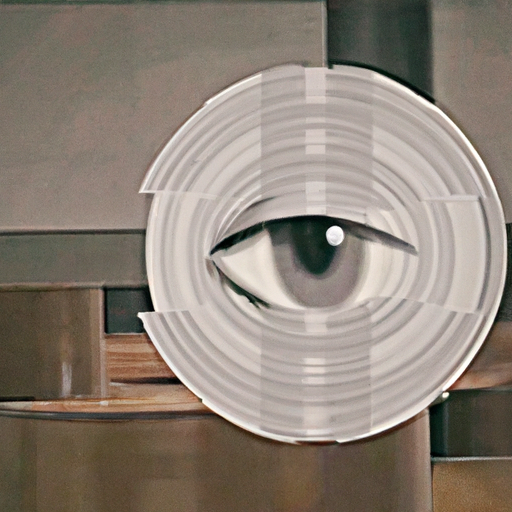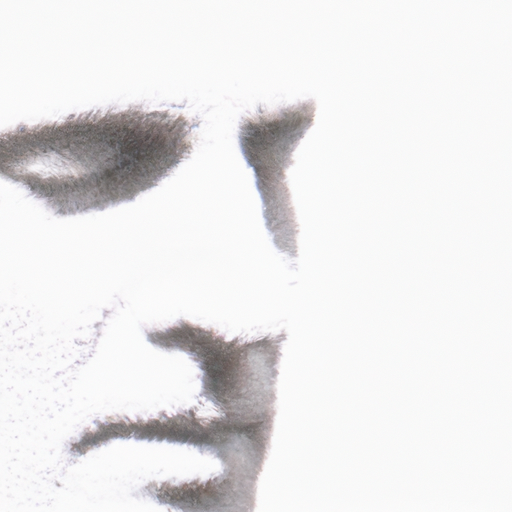
-
Table of Contents
Printmaking Aesthetics: Engraving in Modern Design

Printmaking has been a significant art form for centuries, with various techniques and aesthetics evolving over time. One such technique that has stood the test of time is engraving. Engraving, with its intricate and detailed designs, continues to be a popular choice in modern design. This article explores the aesthetics of engraving in modern design, its historical significance, and its relevance in today’s creative landscape.
The Historical Significance of Engraving
Engraving has a rich history that dates back to ancient times. The technique involves incising a design onto a hard surface, typically metal, using sharp tools or acids. The engraved design is then transferred onto paper or other materials, creating a print.
During the Renaissance period, engraving became a prominent medium for artists to reproduce their works and disseminate them to a wider audience. Artists such as Albrecht Dürer and Rembrandt van Rijn utilized engraving to create intricate and highly detailed prints that captured the imagination of viewers.
Engraving continued to evolve throughout the centuries, adapting to new technologies and artistic movements. With the advent of industrialization, engraving techniques were incorporated into commercial printing processes, allowing for mass production of images and illustrations.
The Aesthetics of Engraving
Engraving is characterized by its meticulous attention to detail and the ability to create intricate designs. The process of engraving involves carefully etching lines into a surface, resulting in a print that showcases fine lines and delicate shading.
One of the key aesthetic qualities of engraving is its ability to convey texture and depth. The engraved lines create a sense of three-dimensionality, giving the print a tactile quality that is often lacking in other forms of printmaking.
Engraving also allows for a high level of precision and control over the final image. The artist can manipulate the thickness and spacing of the lines to create different effects, such as cross-hatching or stippling. This level of control gives engraving a unique aesthetic that is difficult to replicate with other techniques.
Engraving in Modern Design
Despite the advent of digital technologies and the rise of computer-generated graphics, engraving continues to be a popular choice in modern design. Its timeless aesthetic and ability to convey craftsmanship and attention to detail make it a valuable tool for designers.
One area where engraving has found a resurgence is in the field of luxury branding and packaging. Many high-end brands utilize engraving techniques to create intricate patterns and designs on their products, adding a sense of exclusivity and craftsmanship. For example, luxury watchmakers often engrave intricate patterns on the dials and cases of their timepieces, elevating them from mere functional objects to works of art.
Engraving is also widely used in the field of stationery and invitations. Wedding invitations, for instance, often feature engraved designs that add a touch of elegance and sophistication. The fine lines and intricate details of the engraving create a sense of luxury and make the invitation stand out from the crowd.
Furthermore, engraving has found its place in the world of fine art. Many contemporary artists incorporate engraving techniques into their works, combining traditional craftsmanship with modern concepts and ideas. The juxtaposition of the old and the new creates a unique visual language that resonates with viewers.
Case Study: The Role of Engraving in Banknote Design
One fascinating application of engraving in modern design is its use in banknote design. Banknotes require intricate and sophisticated security features to prevent counterfeiting, and engraving provides a reliable and visually appealing solution.
Engraved banknotes are known for their high level of detail and complexity. The fine lines and intricate patterns created through engraving make it difficult to replicate using digital or offset printing techniques. This makes engraving an ideal choice for creating secure and visually stunning banknotes.
For example, the Swiss franc banknotes are renowned for their intricate engravings. The designs feature a combination of fine lines, shading, and intricate patterns that are difficult to reproduce. The use of engraving not only enhances the security of the banknotes but also adds a level of craftsmanship and beauty that is often lacking in other forms of currency.
The Future of Engraving in Modern Design
As technology continues to advance, the future of engraving in modern design looks promising. While digital printing techniques have made significant strides in replicating the aesthetics of engraving, there is still a demand for the unique qualities that only traditional engraving can offer.
Engraving provides a sense of authenticity and craftsmanship that is highly valued in today’s society. In a world saturated with mass-produced goods, the handcrafted nature of engraving sets it apart and adds value to the final product.
Furthermore, the resurgence of interest in traditional art forms and techniques has led to a renewed appreciation for engraving. Many artists and designers are exploring the possibilities of combining traditional engraving techniques with modern concepts and ideas, creating a fusion of old and new that pushes the boundaries of the medium.
Conclusion
Engraving, with its rich history and timeless aesthetic, continues to be a relevant and valuable technique in modern design. Its ability to convey texture, depth, and precision sets it apart from other forms of printmaking. From luxury branding to banknote design, engraving finds its place in various industries, adding a touch of craftsmanship and sophistication.
As technology advances, engraving will continue to evolve and adapt, finding new applications and pushing the boundaries of what is possible. Whether it is used to create intricate patterns on luxury products or to add a sense of authenticity to fine art, engraving will always have a place in the creative landscape.
